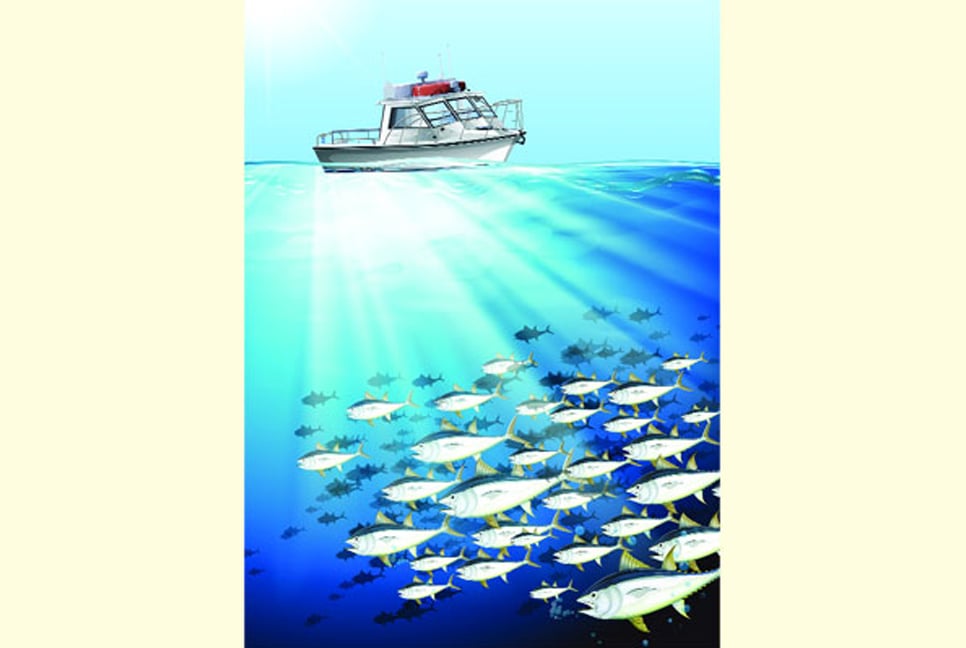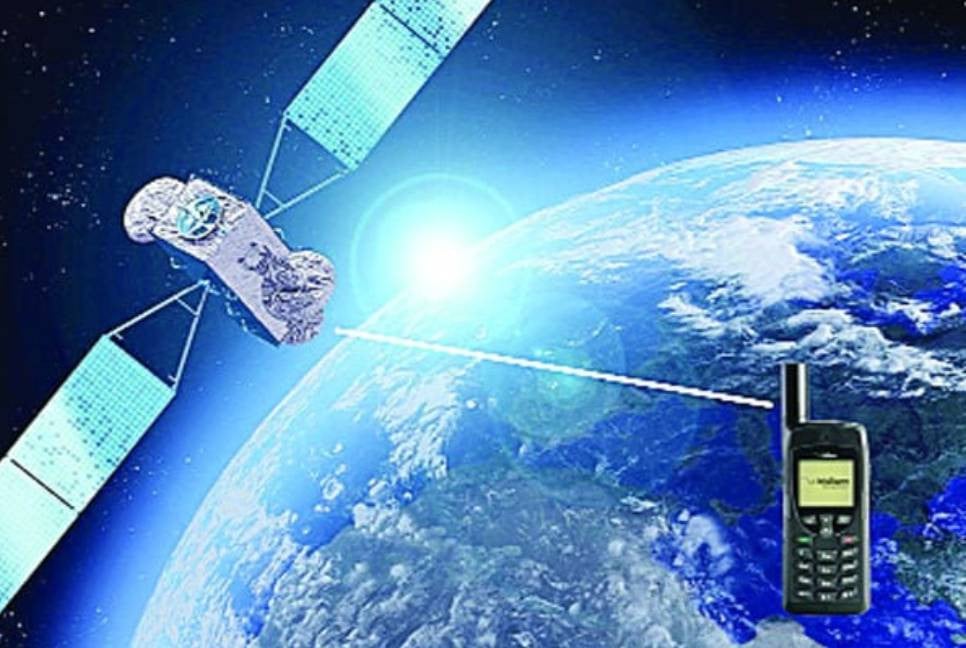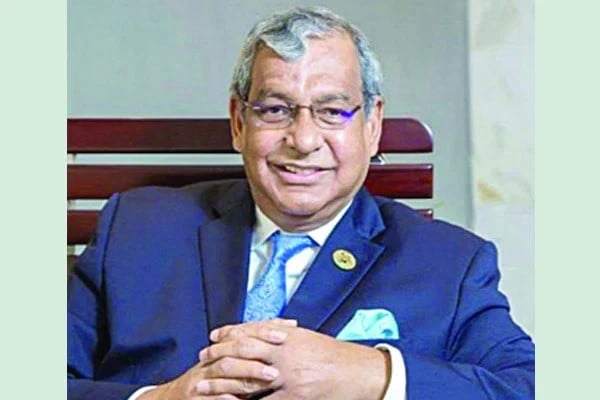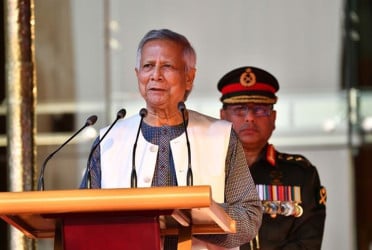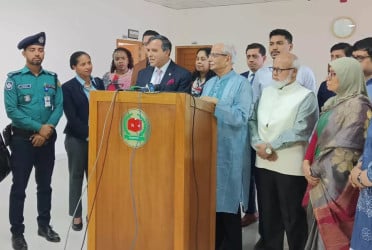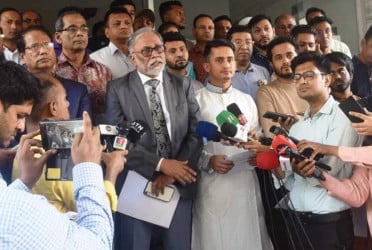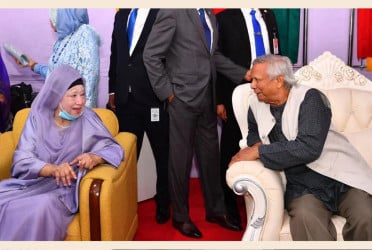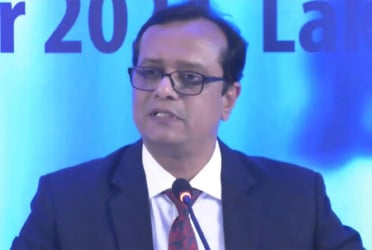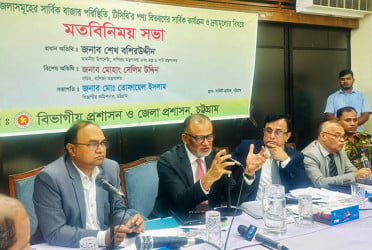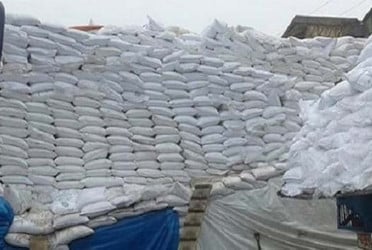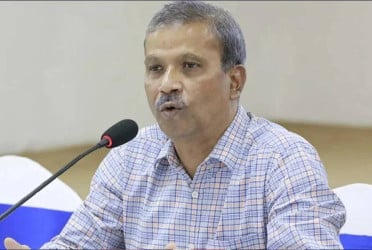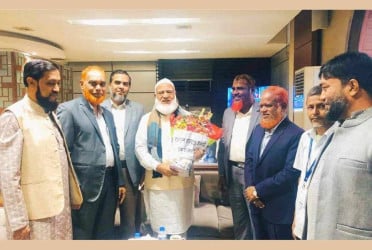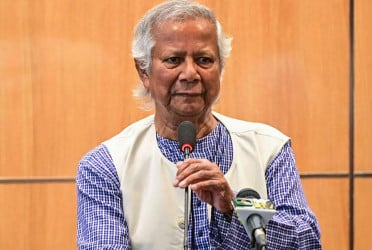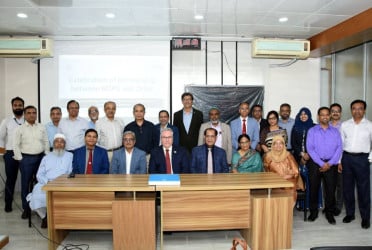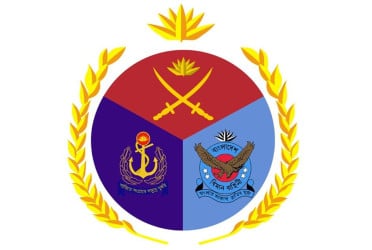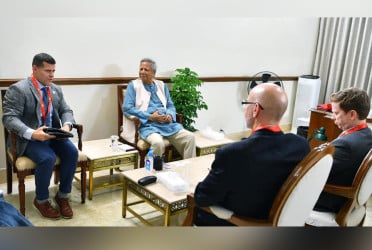Technology is simplifying fishing at sea, transforming it from ancient methods to modern, technology-dependent commercial practices, leading to increased catches and annual growth in marine fishery production by nearly two per cent.
The use of modern technology such as Global Positioning Systems (GPS), fish finders, echosounders, and acoustic cameras has significantly enhanced the capabilities of fishing vessels in capturing fish. Consequently, the contribution of marine fish to the national economy has been steadily rising. Currently, marine fish constitute about 16 per cent of the total fish production in the country, and this figure continues to increase.
Information about the fish caught from the sea is collected and analyzed by the National Marine Fisheries Office. This data collection and analysis help commercial trawlers determine the annual fishing quotas.
According to the organization, in the fiscal year 2016-17, 6 lakh 37 thousand 476 tons of fish were harvested from the Bay of Bengal. Over the course of five years, by the fiscal year 2020-21, this amount had risen to 7 lakh 5 thousand 871 tons. In the fiscal year 2022-23, it reached 7 lakh 46 thousand tons.
The unceasing use of technology has made fishing in the ocean easier, and the global fishing industry closely monitors fishing activities online through the Global Fishing Watch. The system provides precise information about the location of vessels outside the Automatic Identification System (AIS) coverage, which are referred to as "Undetected Dark Fleets."
Fishermen can receive regular weather updates through the "Fish App," which works somewhat like Google Maps in the context of fishing. Fishermen can easily access information about nearby fishing zones using this app. The global dialogue on seafood traceability enables tracking of seafood supply chains through automated systems, allowing consumers to learn where their seafood is sourced and how it is harvested.
Many commercial vessels are equipped with sensors. Through these sensors, information is collected, contributing to the creation of a marine data bank. It stores data on ocean temperature, salinity, oxygen levels, and more. Electronic monitoring systems, computer vision technology, and artificial intelligence are employed to gain insights into any changes in marine environments such as ocean currents, hurricanes, and algal blooms. These insights help in making informed decisions regarding fishing activities.
The use of technology, including electronic monitoring systems, computer vision technology, and artificial intelligence, enables fishermen to harvest fish based on real-time information. With the help of technology, fishermen can gather information about the location of fish, making it easier for trawlers to locate and catch fish. They use technologies like towed nets, which are equipped with sonar technology to understand where fish are currently located. Solar technology is also used to detect fish aggregations from a considerable distance. Most of these technologies are employed in commercial trawlers, and as a result, the fishing industry has been thriving. Currently, more than one and a half million metric tons of fish are harvested from the sea. The use of technology has made fishing at sea more efficient and effective.
Md Zillur Rahman, the Director of the Marine Fisheries Office, states that various technologies are currently being used in ocean fishing, such as echosounders, which help fishermen identify the presence of fish in their vicinity. To catch fish at these locations, fishermen use trawl nets. In addition, solar technology is used to understand fish movements, even from a long distance. The use of technology has been instrumental in the increasing catch of fish in the ocean. Currently, marine fish production stands at around one and a half million metric tons, with commercial trawlers responsible for catching a significant portion, while others are caught through traditional methods.
@ The article was published on print and online versions of The Bangladesh Pratidin on September 5, 2023, and has been rewritten in English by Tanvir Raihan.

